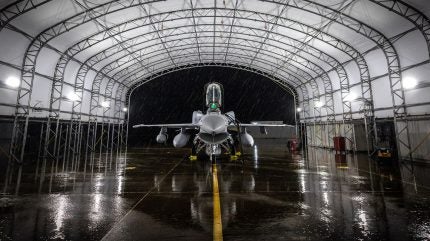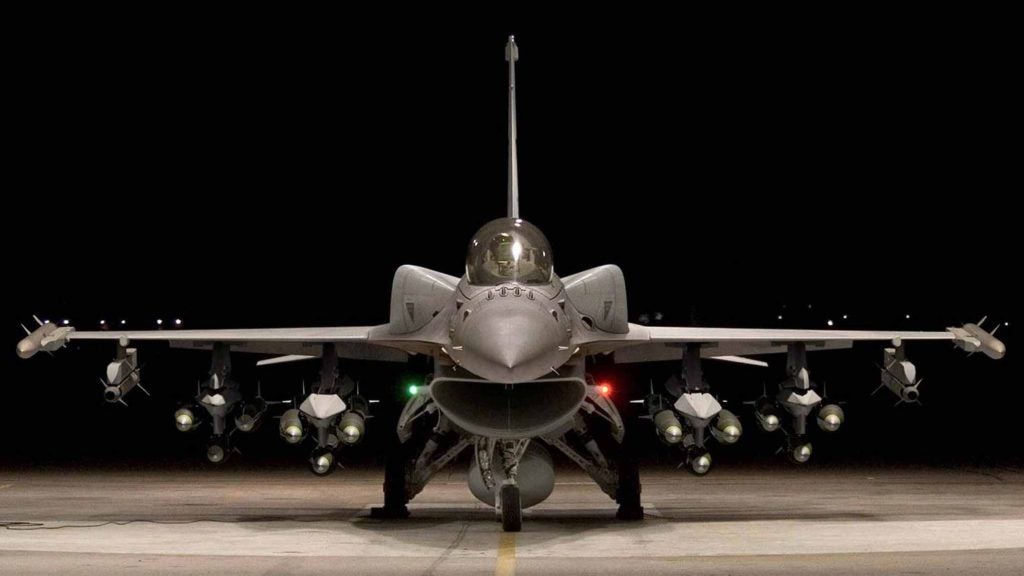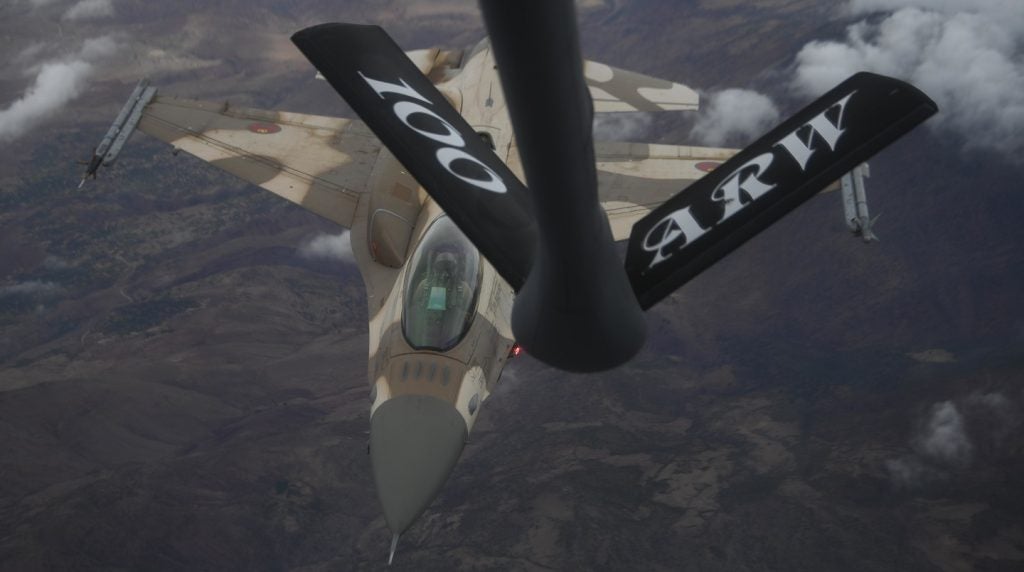
Lockheed Martin has been awarded a $520.4m fixed-price contract modification for Block 70/72 F-16 Viper Shield electronic warfare (EW) suite production being conducted for Foreign Military Sales (FMS) deals, with the systems destined for Bahrain, Bulgaria, Morocco, Slovakia, and Taiwan.
According to a 2 July 2024, announcement by the US Department of Defense (DoD), the contract modification expands the current long lead materials contract to allow the contractor to begin production tasks, with FMS funding of $177.7m being obligated at the time of the award.
Introduced in 2021, Viper Shield EW is designed to provide protection and offensive EW capabilities on the fourth-generation Lockheed Martin F-16 Block 70/72 multirole aircraft.
Software-defined technology components create an electronic shield around the aircraft, revealing digital radar threats and providing countermeasure capabilities in an integrated, internally mounted system.

All of the recipient countries named in the DoD announcement are either current or future customers of the Lockheed Martin’s F-16 fighter, which is one of the most widely operated air combat platforms in service today.
The first three Block 70 F-16 fighters arrived in Bahrain in March 2024, with a total of 16 aircraft being produced for the small Gulf country. According to GlobalData fleet inventory data, Bahrain operates 20 older Block 40 F-16C/D models, delivered between 1990-2000.
Meanwhile Morocco operates a mixed fleet of 21 C/D models delivered from 2020-2012 but will upgrade to the Block 70 F-16 Viper in the coming years with a total order for 25 aircraft.
European states Slovakia and Bulgaria are both to be new members of the F-16 family as they upgrade from legacy Soviet/Russian MiG 29 fighters to the F-16 Block 70 Vipers, with 14 and 16 airframes ordered respectively.
Taiwan operates one of the largest F-16 fleets in the world, with 140 A/B delivered between 1992-1999, and a further 66 new F-16V Block 70 fighters on order. Taiwan has also modernised its existing A/B aircraft to the Block 70/72 standard.
Viper Shield EW tests AESA compatibility
In November 2023, L3 Harris, manufacturer of the AN/ALQ-254(V)1 Viper Shield EW suite, revealed it had demonstrated full radio frequency compatibility with the F-16 Block 70/72 fighters’ APG-83 Active Electronic Scanning Array (AESA) radar, at an event conducted at Lockheed Martin’s Systems Integration Lab.
The test saw the exposure of the Viper Shield EW suite with APG-83 energy for more than 12 hours to test whether the radar pulses would interfere with EW functionality. According to L3Harris, the test proved Viper Shield’s ability to filter out signal processing streams from the APG-83 AESA radar pulses without any performance compromise.

The Drop 2 event marked the second interoperability test for the two systems; the first took place in mid-2022, with similar results.
L3Harris states that the systems has lower lifecycle costs, is more easily upgraded, and has increased reliability and reduced weight. The system is also available to be configured in a pod solution for roll-on/roll-off capabilities.



